Low Phytate Rice Grains
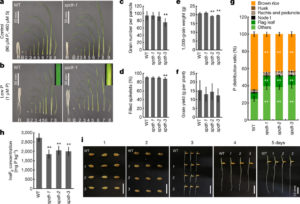 Phosphorus (P) is an important macronutrient for crop productivity. In cereal crops like rice, about 60-85% of total plant P is allocated to grains and therefore removed from fields at harvest. Furthermore, the major form of P in the grains is phytate (C6H18O24P6), which cannot be digested by humans and monogastric animals. Phytate, therefore is excreted, resultiing in eutrophication of rivers, lakes and oceans. Phytate also forms strong complexes with metals such as zinc and iron, thereby reducing their availability. Yamaji et al. describe the SULTR-like phosphorus distribution transporter (SPDT), which controls the allocation of phosphorus to the grain. Knockout lines in rice result in decreased phosphorus in the grains but increased levels in the leaves. The authors also show that under field conditions, reduction in P in knockout lines has no effect on grain yield, seed germination and seedling vigour. (Summary by Mather Kahn) Nature 10.1038/nature20610
Phosphorus (P) is an important macronutrient for crop productivity. In cereal crops like rice, about 60-85% of total plant P is allocated to grains and therefore removed from fields at harvest. Furthermore, the major form of P in the grains is phytate (C6H18O24P6), which cannot be digested by humans and monogastric animals. Phytate, therefore is excreted, resultiing in eutrophication of rivers, lakes and oceans. Phytate also forms strong complexes with metals such as zinc and iron, thereby reducing their availability. Yamaji et al. describe the SULTR-like phosphorus distribution transporter (SPDT), which controls the allocation of phosphorus to the grain. Knockout lines in rice result in decreased phosphorus in the grains but increased levels in the leaves. The authors also show that under field conditions, reduction in P in knockout lines has no effect on grain yield, seed germination and seedling vigour. (Summary by Mather Kahn) Nature 10.1038/nature20610



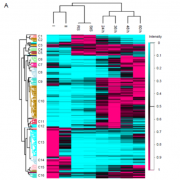
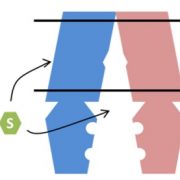

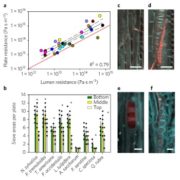
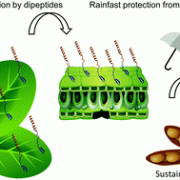


Leave a Reply
Want to join the discussion?Feel free to contribute!